What's Artistic Cycling
Artistic Cycling is similar to figure skating and gymnastics, just like mixing them up. This sport is involving physical exercises and challenging moves on a bicycle that need skill, strength, concentration, courage, and sense of balance above all things. The competitors (individuals, pairs, and group) perform qualities artistic figures while 5 minute programme along with music. The jury awards marks for the quality of the performance. In Japan, Artistic Cycling was named "Cycle Figure" suggestive of figure skating.
< Bicycle >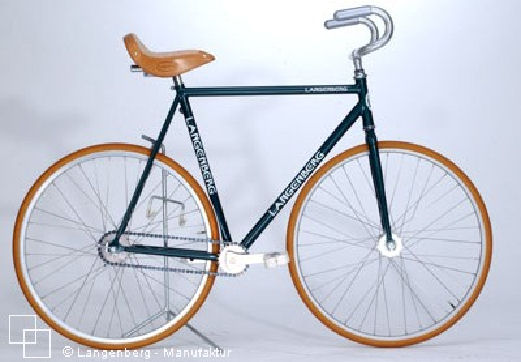 The bicycle for artistic cycling is different from ordinary bikes. It is
a form of fixed gear bicycle, to be able to make forward movement and backward
movement. Moreover, has special designed handlebar and saddle, to perform
balance on the back wheel by lifting the front wheel off the floor.
The bicycle for artistic cycling is different from ordinary bikes. It is
a form of fixed gear bicycle, to be able to make forward movement and backward
movement. Moreover, has special designed handlebar and saddle, to perform
balance on the back wheel by lifting the front wheel off the floor.
< Riding Area >
The riding-area for competitions measures 11mx14m in standard, which also
serves cycle-ball competitions, moreover a clear area is required around
the riding-area. The minimum distance of the riding-area from walls, columns
or non-movable objects must be 2.0 meters.
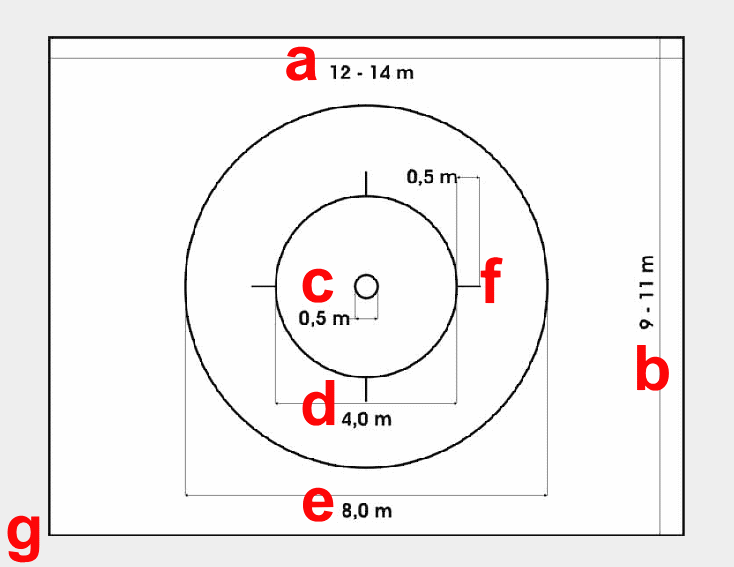 a) length = 12.0 to 14.0 meters
a) length = 12.0 to 14.0 metersb) width = 9.0 to 11.0 meters
c) inner circle = 0.5 meters diameter
d) middle circle = 4.0 meters diameter
e) outer circle = 8.0 meters diameter
f) stripes quartering = 0.5 meters
g) clear area = 0.5 to 2 meters
< Disciplines of competitions >
| Disciplines | Maximum amountof figures | Length of performance |
| a) Single artistic cycling | 30 figures | Max. 5 minutes |
| c) Pair artistic cycling | 25 figures* | Max. 5 minutes |
| d) Team cycling 4 | 25 figures | Max. 5 minutes |
| e) Team cycling 6 | 25 figures | Max. 5 minutes |
Each discipline is organized separately for female and male human beings. Mixed (women & men) teams will start in the respective male discipline.
< Start of program >
As soon as the participant(s) enter the riding area the evaluation will start. The riders present themselves on the riding-area standing on the surface. The program must start with the clear call "START"; being on the bicycle without touching the riding-area. At the call "START", the lime-limit will start
During the performance of the program riders are not allowed to leave their bicycle. The only exception is in pair artistic cycling when the participants change from two bicycles to one or from one bicycle to two. There is only one change allowed during a performance.
< Fundamental control of bicycle and directions of movement >
 |
 |
 |
 |
 |
| Both wheels on floor |
Freehand (frh.) | Forward | Backwards (bw) | Reverse |
Performance of exercises at the riding-area
 |
 |
 |
 |
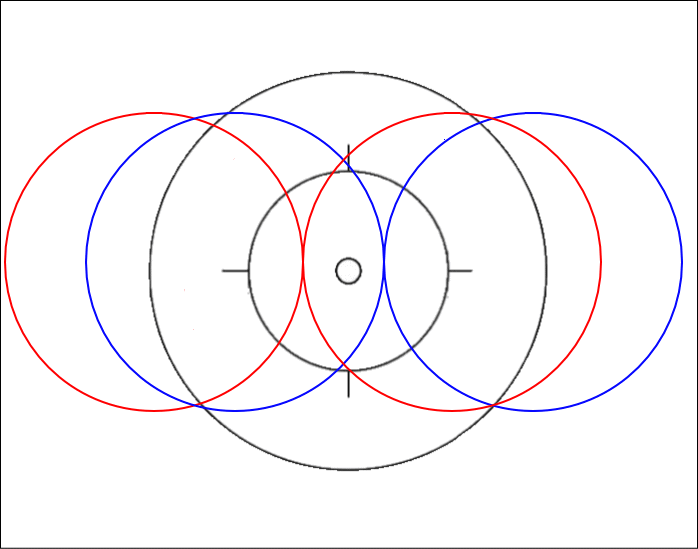 |
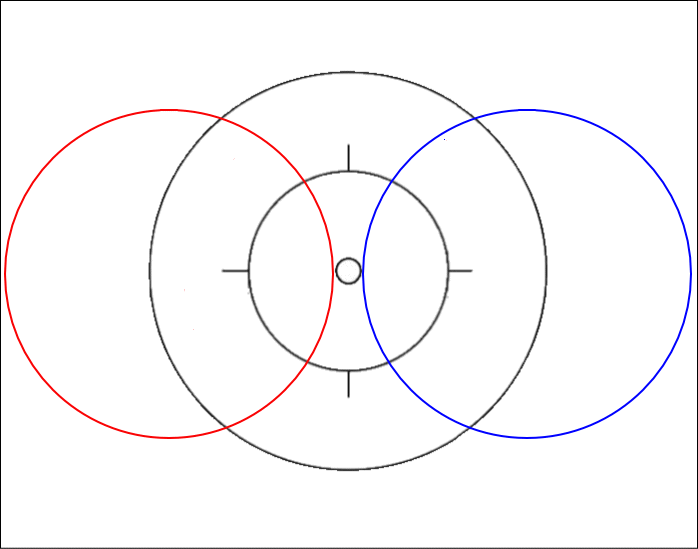 |
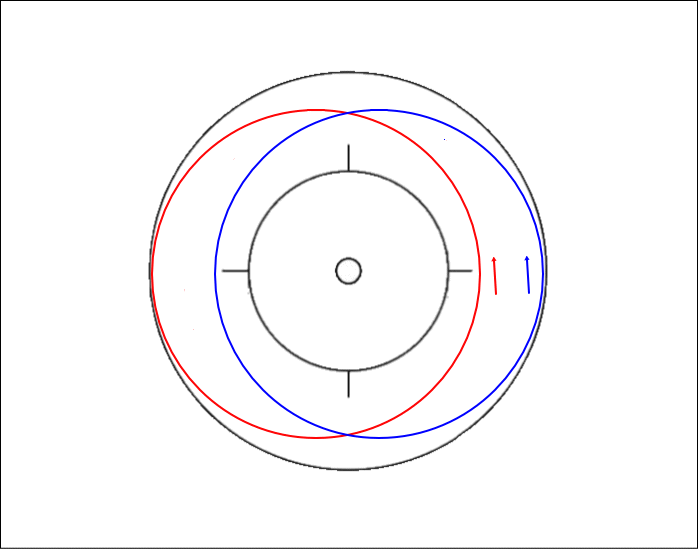 |
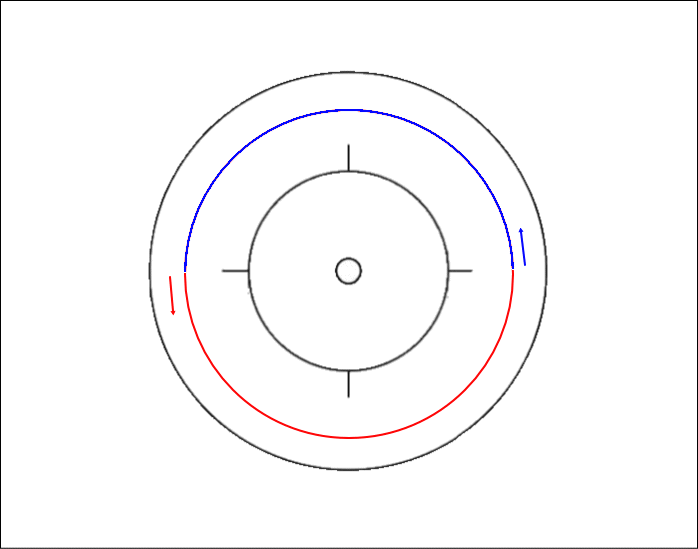 |
 |
 |
 |
Exercises which may be shown anywhere on the riding-area
Handlebar spinnings, handlebarstand turns, stillstands, turns, squats, jumps, spinnings, turns on spot, single rings out of forehead-line, passages and final exercises.
< EXECUTION OF JUDGING >
The judging is executed in regard of difficulty and performance.
Judgement of difficulty
1. Start of an exercise
Each exercise has to start with its prescribed position and if necessary with being prescribed connection of grips.
2. Recognition of exercises
All exercises/figures listed on the evaluation sheet have to be shown according to the explanations as stated in these regulations.
3. Stretch
Stretch means the whole performance of an exercise from its beginning to its end. Any exercises entered in the evaluation sheet must be entirely shown over the stretch and in the given kind of performance.
4. Sequence
whether the sequence of exercises is being performed according to the program.
5. Passages
Whether passages in pair cycling ( on two respective bicycles) have been performed synchronously.
6. Single rings in pair artistic cycling
whether single rings were performed rounding the partner.
Judgement of performance
The following mistakes must be devaluated with the respective mistake-signs even if happening ahead of the first exercise or between figures:
- a) Unsteadiness (devaluation per participant).
- b) Crossing the marked riding-area (devaluation per participant possible only once).
- c) Any touching of the floor, standing or falling (devaluation per participant every time it arises).
- d) Holding onto objects or person not belonging to the participant or team (devaluation every time it arises).
- a) Hands and/or arms not stretched;
- b) Feet and/or legs not stretched;
- c) Rowing or rotating movements of arms;
- d) Incorrect posture of the upper part of the body;
- e) Unsteadiness;
- f) Wandering during 50cm spinnings.
- g) Post motion of bicycle, correction-step, hopping in the final exercises group.
Japan Federation
of
Indoor Cycling
181-5, Jurakumawari-nisimachi,
Nakagyo-ku, Kyoto
604-840, JAPAN
info_jfic@yahoo.com
